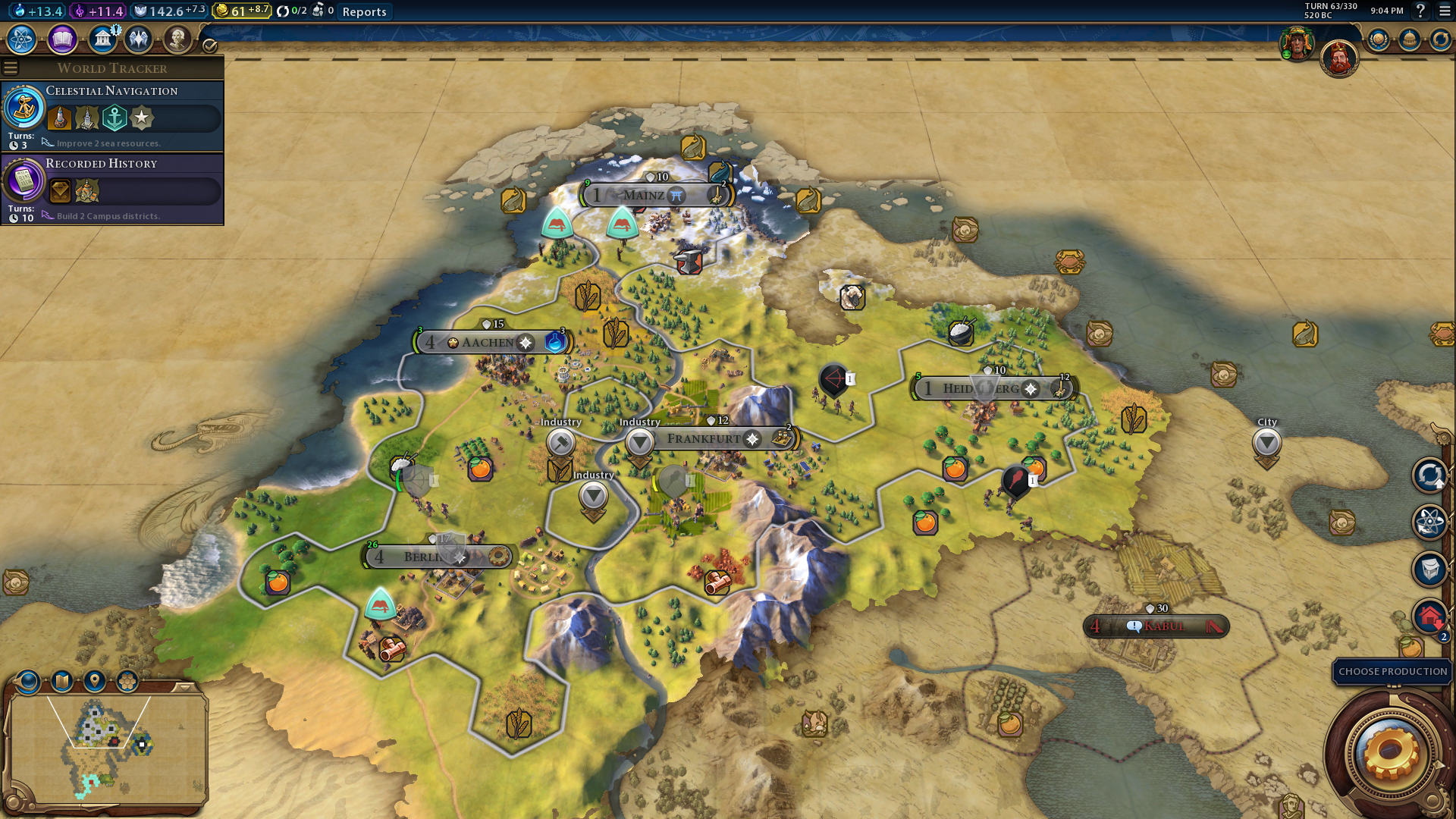Aust
Chieftain
- Joined
- Sep 17, 2017
- Messages
- 3
Hello! I have been reading some guides about city placement and so forth. I was hoping to get some critique on my situation 65 turns into a quick speed King game. I am new to Civilization VI and hoping to improve. I read that four hexes apart and planning for adjacent industrial districts was a good idea.
If there is a more proper section of the forums for this question please inform me. I will delete and repost there. I am new and looking to improve.
Regards.
If there is a more proper section of the forums for this question please inform me. I will delete and repost there. I am new and looking to improve.
Regards.


